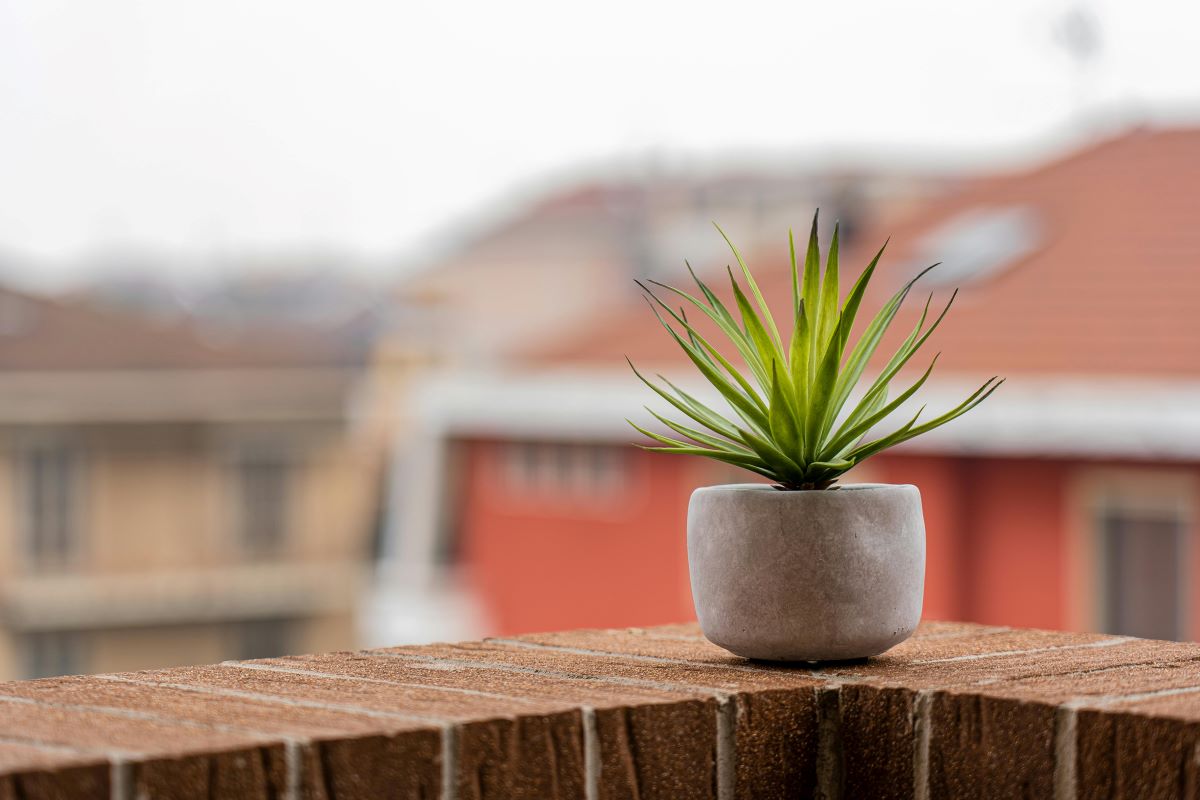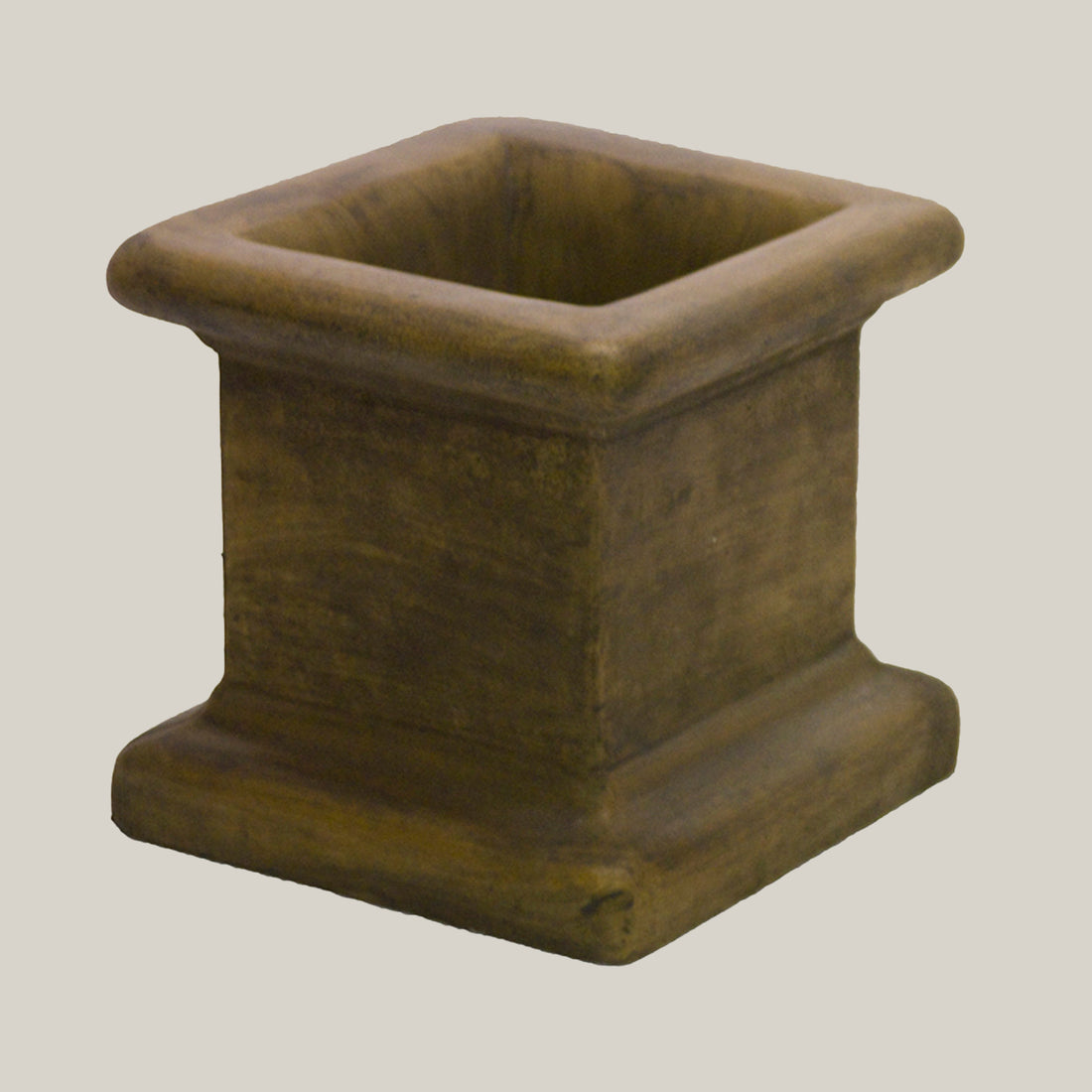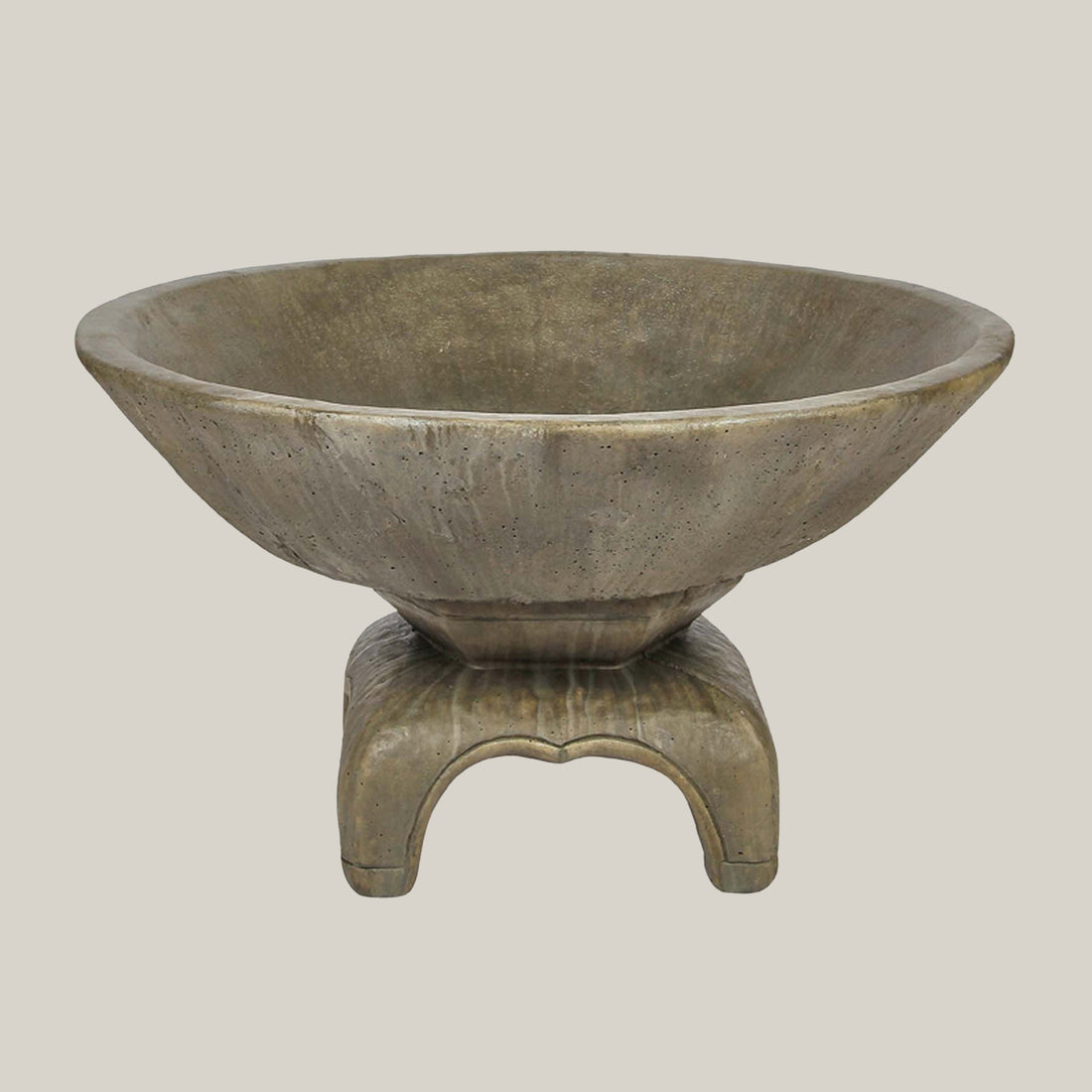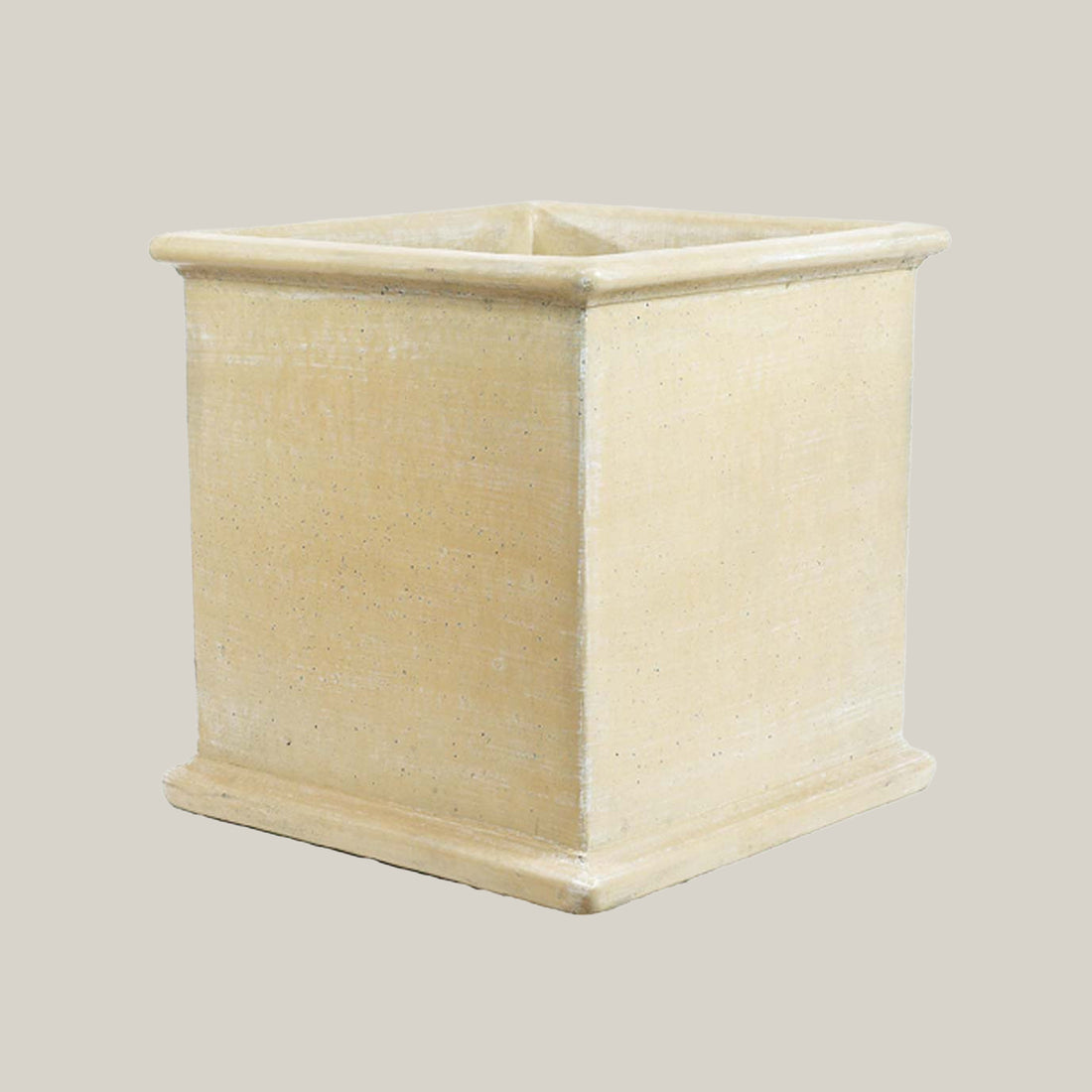Balcony gardening is one of the simplest ways to bring nature closer to your living space. Even if you only have a few square feet to work with, the right planters can make your balcony feel like a calming retreat. Choosing wisely means more than just picking a pretty pot. The size, material, and design all affect how your plants grow and how you use your outdoor area. Let’s walk through the most important factors so you can find planters that truly fit your space and your lifestyle.
The Role of Balcony Size and Layout
Every balcony is unique, and the space you have will directly shape the planters that work best. When you look at your balcony, think not only about how big it is but also about its shape and layout. These details influence whether you can comfortably add larger floor planters, rely on railing-mounted options, or experiment with vertical setups.
Measuring Available Space
Before purchasing, measure the usable areas of your balcony. Take note of floor dimensions, railing width, and any wall space that could hold brackets or shelves. A simple way to visualize this is by marking potential planter spots with painter’s tape. Doing so gives you a realistic sense of how much room each container will take up, helping you avoid clutter and still leave space for movement.
Adapting to Balcony Shape
The layout matters just as much as the size. A narrow balcony benefits from tall, slim planters that make use of vertical height without encroaching on your walking path. A piece like the Antique Blue Tall Ceramic Vines Planter works well here, as its upright form provides greenery without taking up too much floor space.
For corners, triangular or curved planters tuck neatly into unused areas, adding plants without creating obstacles. If your balcony opens widely, broader planters can anchor the design while giving larger plants room to thrive. By adapting the planter shape to your balcony’s form, you’ll make the space feel intentional and balanced.

Choosing Planters Based on Plant Types
Not all plants have the same needs, and matching the right container to the right species ensures healthier growth. When you decide what you want to grow, you’ll quickly see how planter depth, width, and drainage must change to suit those plants.
Herbs and Edibles
Herbs like basil, parsley, or mint flourish in shallow, wide planters because their roots don’t extend very deep. A wide planter such as Ten Thousand Pots’ Antique Blue Wide Round Succulent Bowl is ideal, giving you enough surface area to group several herbs together for convenient access when cooking. For vegetables such as tomatoes, peppers, or carrots, deeper planters are essential. Their roots demand more space, and without it, the plants struggle to mature fully. Choosing the right depth at the start saves you from replanting later.
Flowering Plants
If you love blooms, focus on drainage first. Flowers like petunias or geraniums need planters that prevent water from pooling at the roots. A planter at least 8 to 12 inches deep usually works well. Color also plays a role here. Bright, neutral planters can highlight vibrant blooms, while darker tones can make softer flowers stand out. Matching the planter with the flower’s growth habits and seasonal cycle keeps the display lively.
Small Trees or Shrubs
Balconies can handle more than small plants if you choose carefully. Dwarf fruit trees, boxwoods, or compact shrubs thrive in deeper, sturdier planters. Look for reinforced bases or thicker walls that can support heavier root systems. These planters not only sustain the plant but also add structure and height to your balcony garden, making it feel more like an outdoor room.
Prioritizing Materials That Work Outdoors
The material of your planter does more than influence looks. It determines weight, durability, and how well the soil retains moisture. Since balconies face sun, wind, and rain, choosing durable planters for outdoors is essential to keep both your containers and your plants in good shape over time.
Lightweight Options
Fiberglass, resin, and high-quality plastic are practical for balconies where weight is limited. They’re easier to move, which is especially useful if you need to shift plants for better sun exposure. A piece like our Black Rounded Fiberglass Planter combines durability with a lightweight build, making it simple to reposition without sacrificing style. Modern designs in these materials can also mimic stone or ceramic, giving you flexibility without the heaviness.
Natural Materials
Planters made of ceramic, terracotta, or wood bring a natural touch to your balcony. Terracotta lets roots breathe but dries out quickly, so it needs regular watering. Ceramic holds moisture better, though it can be heavy to move. Wood adds warmth and helps insulate roots, but it usually needs a liner or sealant to prevent decay. Each material has its trade-offs, so the best choice depends on how much upkeep you’re comfortable with.
Weather-Resistant Choices
For balconies exposed to strong winds or varying temperatures, consider planters made from metal, concrete, glazed ceramics, or composites. These options withstand harsher conditions and provide stability for taller plants that might tip in lighter containers. While they may cost more upfront, their durability and ability to resist weather damage often make them a lasting investment.
Using Planters to Maximize Vertical and Horizontal Space
Balconies rarely offer unlimited room, which makes smart use of space essential. The planters you choose can help you build a layered, multi-dimensional garden without making the area feel crowded.
Hanging and Railing Planters
Attaching planters to railings is an efficient way to add greenery without taking up the floor. Herbs, trailing flowers, or even compact vegetables thrive here. Just make sure the planters are secured with strong brackets or straps to keep them stable in the wind. Beyond safety, railing planters can frame the balcony, creating a softer, greener boundary.
Tiered and Vertical Planter Systems
When floor space is scarce, look upward. Tiered planters or vertical shelves allow you to stack multiple plants in the footprint of a single container. Modular systems are especially useful because you can add or remove levels as your garden grows. This approach not only maximizes space but also creates a striking visual display of varied plant heights.
Mobile Planters
Planters with wheels or built-in stands give you flexibility. You can move them to follow the sun, protect plants from heavy rain, or rearrange when entertaining. Mobility also makes it easier to clean the balcony, as you can shift the containers without lifting heavy pots. This small convenience often makes maintenance much simpler.

Considering Design and Style
Beyond function, planters also shape the overall character of your balcony. The containers you choose influence how the space feels, whether it leans modern, rustic, or playful. A coordinated approach helps plants feel integrated rather than scattered.
Matching Colors and Textures
Look at your balcony’s flooring, railings, and furniture. Choosing planter colors that complement these features ties everything together. Textures matter as well. Smooth, glossy finishes often suit contemporary spaces, while matte or rough textures lend themselves to natural or rustic looks. Mixing textures can add depth without overwhelming the eye.
Shapes That Define Style
The form of your planters plays a subtle but powerful role. Round planters soften corners and create a relaxed vibe, while square or rectangular ones align well with modern, structured layouts. A sculptural piece like Ten Thousand Pots’ Blue Welcome Vase Ceramic Planter, with its slightly tilted shape, can act as a conversation starter and bring an artistic touch to the space. Choosing shapes that reflect your style helps set the overall mood of your balcony.
Statement vs Subtle Pieces
Sometimes one large, striking planter can define the space. Other times, several smaller, understated planters create harmony without drawing too much attention to any single piece. Think about how you want your balcony to feel. A bold planter becomes a centerpiece, while a group of coordinated containers provides rhythm and balance.
Balancing Practicality with Maintenance Needs
Choosing planters that are easy to manage ensures your balcony garden remains enjoyable over time. If containers are difficult to water, clean, or move, they can quickly become a burden.
Drainage and Watering Systems
Healthy plants depend on proper drainage. Look for containers with pre-drilled holes and saucers to catch excess water. For those with busy schedules, self-watering planters can be a lifesaver. They reduce the frequency of watering while keeping soil consistently moist. This feature is especially helpful during hot summers when plants dry out quickly.
Cleaning and Longevity
Planters that resist stains and weathering will save you effort in the long run. Non-porous surfaces, like sealed ceramic or resin, are easier to wipe clean. Materials like untreated wood or unglazed terracotta may require seasonal maintenance to keep them in good condition. Considering cleaning needs upfront makes sure your balcony garden stays tidy and appealing.
Choosing the Right Balcony Planters
Balcony gardening is as much about smart planning as it is about growing plants. The best planters fit your space, match your plant choices, and suit your personal style while remaining practical to maintain. By thinking about size, material, design, and function, you create a balcony that feels inviting and manageable. With the right containers, even a compact outdoor space can become a refreshing extension of your home. Explore a wide variety of options at Ten Thousand Pots to find the planters that work best for your balcony!





